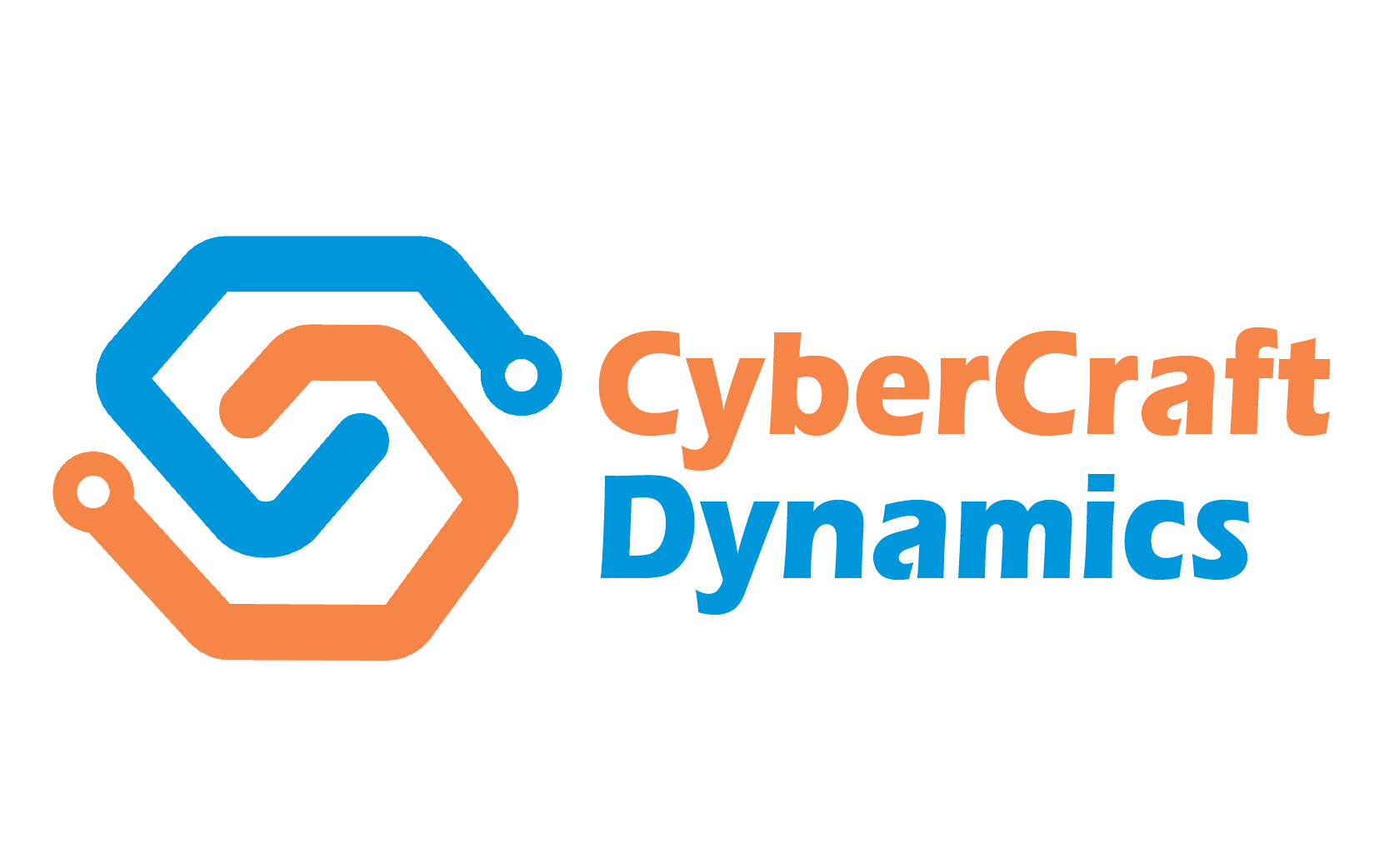In today’s data-driven world, choosing the right database is critical for the success of any application. The two primary types of databases—relational (SQL) and non-relational (NoSQL)—serve different needs and use cases. Understanding their differences, especially in how they store, manage, and query data, can help developers, data engineers, and businesses make informed decisions.
What is a Relational Database?
A relational database organizes data into tables (rows and columns) with predefined schemas. Each table has a primary key that uniquely identifies each record, and relationships are established through foreign keys.
Examples:
- MySQL
- PostgreSQL
- Oracle Database
- Microsoft SQL Server
Strengths:
- ACID compliance (ensures transactions are reliable).
- Powerful querying via SQL (Structured Query Language).
- Enforced data integrity through constraints.
Querying in relational databases:
SQL is the standard. It allows for complex operations like JOIN, GROUP BY, nested queries, and aggregations. For example:
sqlCopyEditSELECT customers.name, orders.total
FROM customers
JOIN orders ON customers.id = orders.customer_id
WHERE orders.total > 500;
This query retrieves customers and their orders above a certain amount, showcasing the power of relational joins.
What is a Non-Relational Database?
A non-relational database (often called NoSQL) does not use traditional table-based storage. Instead, it may use:
- Document-oriented (MongoDB)
- Key-value stores (Redis)
- Wide-column stores (Cassandra)
- Graph databases (Neo4j)
Examples:
- MongoDB (document)
- Redis (key-value)
- Cassandra (wide-column)
- Neo4j (graph)
Strengths:
- Flexible schemas (you can store varied structures in the same collection).
- Designed to scale horizontally, handling massive volumes of unstructured or semi-structured data.
- Often better for real-time big data applications.
Querying in non-relational databases:
The querying style depends on the database type.
- Document stores (MongoDB) use JSON-like query syntax: javascriptCopyEdit
db.orders.find({ total: { $gt: 500 } }, { customer_name: 1, total: 1 }) - Graph databases (Neo4j) use pattern-matching query languages like Cypher: cypherCopyEdit
MATCH (c:Customer)-[:PLACED]->(o:Order) WHERE o.total > 500 RETURN c.name, o.total - Key-value stores (Redis) are typically queried by key: bashCopyEdit
GET order:1234
Key Differences: Relational vs Non-Relational
| Feature | Relational (SQL) | Non-Relational (NoSQL) |
|---|---|---|
| Data model | Tables, rows, columns | Documents, key-value, graph, etc. |
| Schema | Fixed, predefined | Dynamic, flexible |
| Transactions | Strong ACID guarantees | Often eventual consistency (CAP) |
| Query language | SQL | Varies (JSON-like, Cypher, etc.) |
| Scalability | Vertical (scale-up) | Horizontal (scale-out) |
| Use cases | ERP, banking, analytics | Big data, real-time apps, IoT |
When to Choose Which?
✅ Choose relational if:
- You need complex joins or multi-table transactions.
- Data integrity and consistency are critical (e.g. banking).
- The structure is unlikely to change frequently.
✅ Choose non-relational if:
- You handle large volumes of unstructured or rapidly evolving data.
- Scalability across distributed nodes is key.
- Your application uses hierarchical, graph-like, or flexible document structures.



